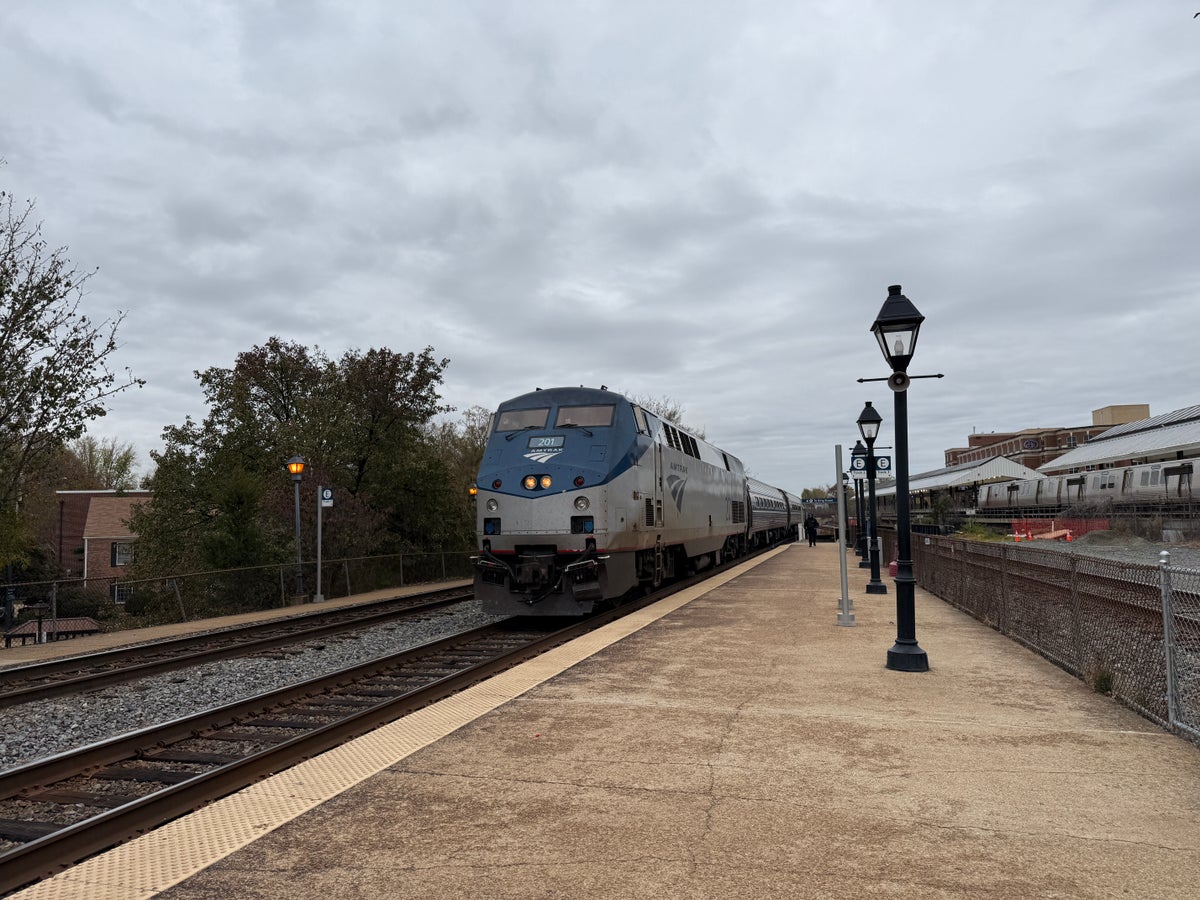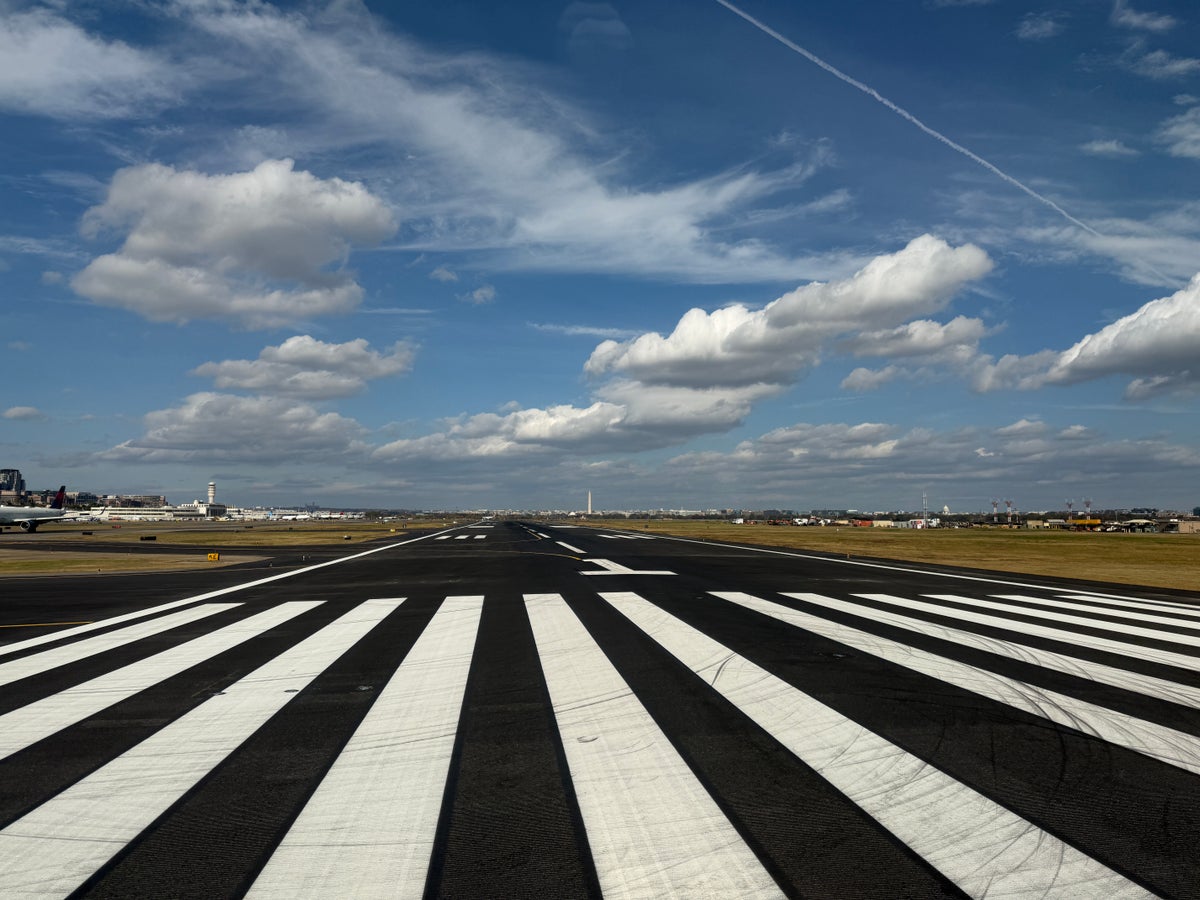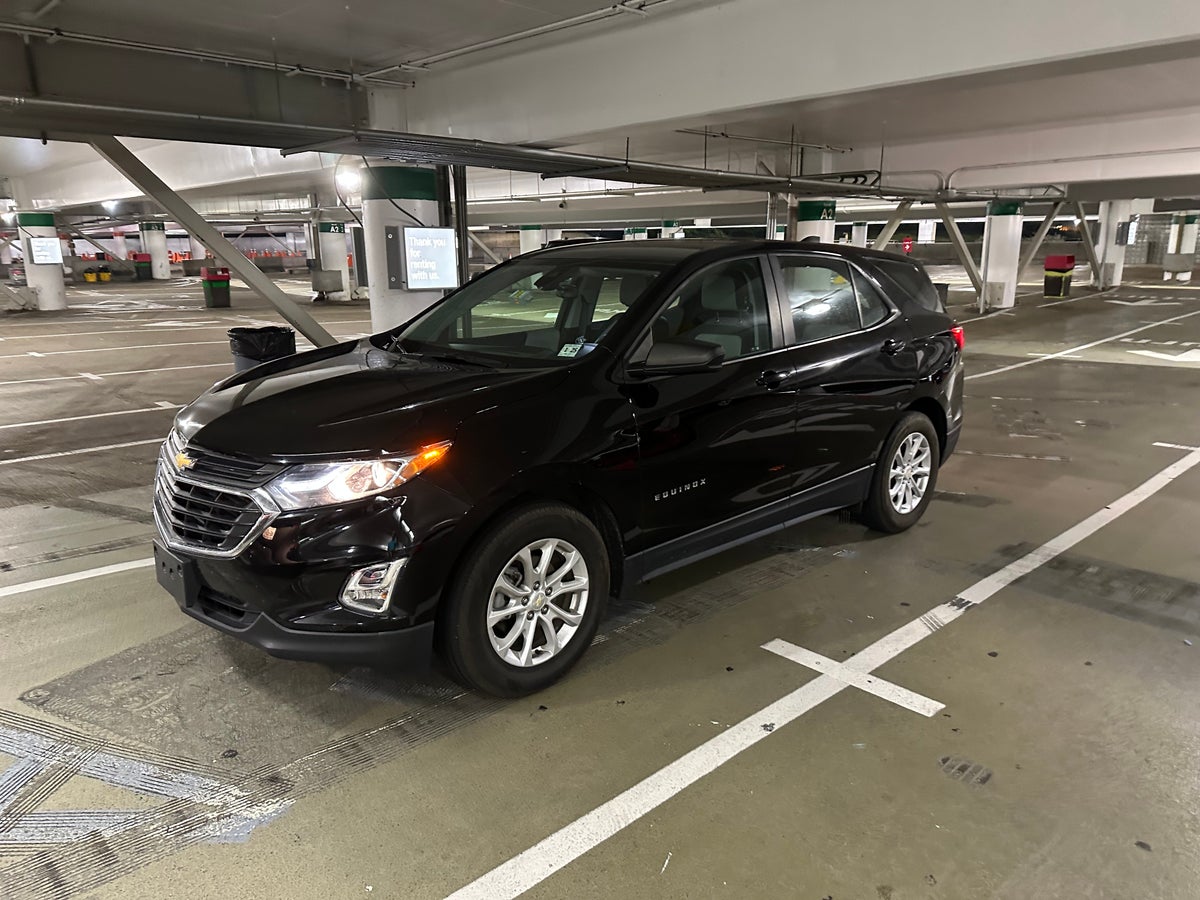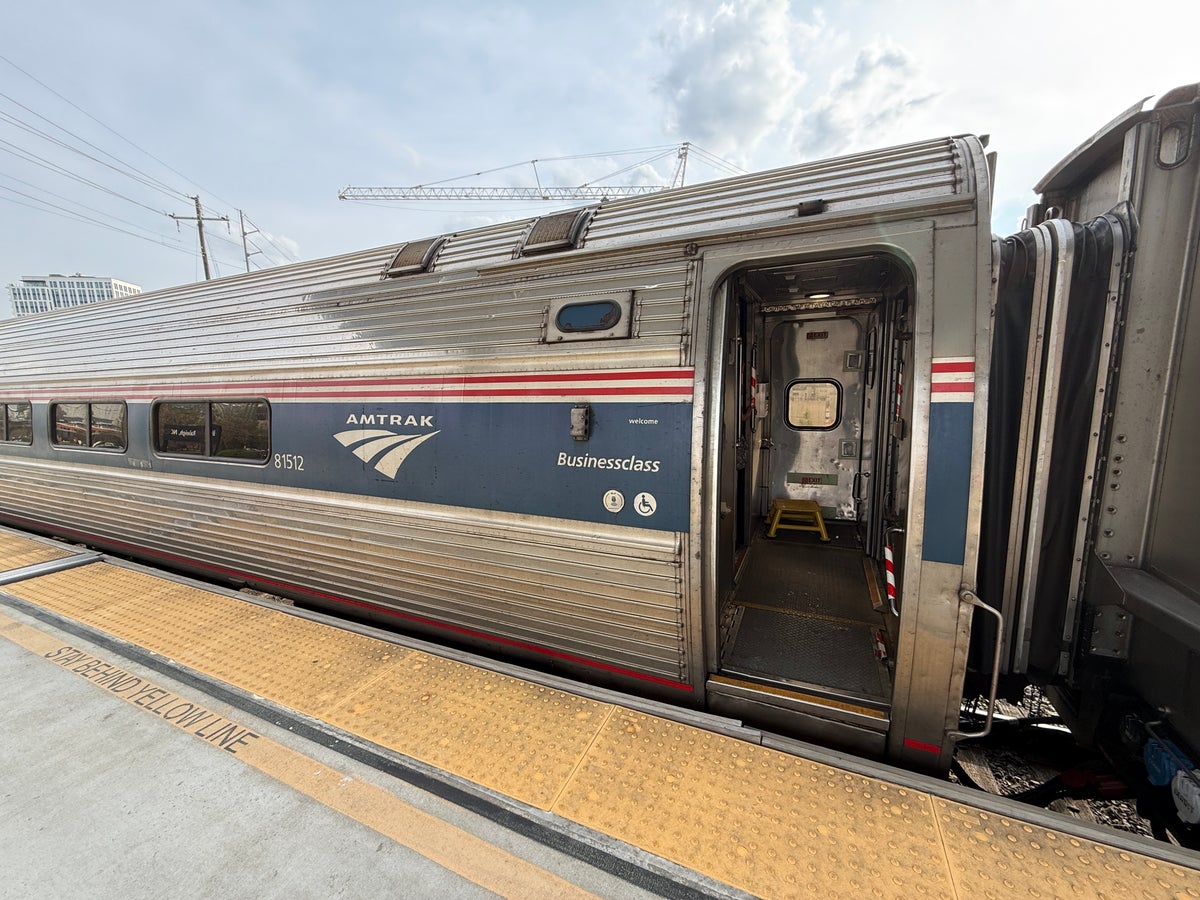James Larounis
James Larounis
Senior Content Contributor
612 Published Articles
Countries Visited: 30U.S. States Visited: 35
James (Jamie) started The Forward Cabin blog to educate readers about points, miles, and loyalty programs. He’s spoken at Princeton University and The New York Times Travel Show and has been quoted in...
Edited by: Michael Y. Park
Michael Y. Park
Senior Editor and Content Contributor
58 Published Articles 1434 Edited Articles
Countries Visited: 60+U.S. States Visited: 50
Michael Y. Park is a journalist living in New York City. He’s traveled through Afghanistan disguised as a Hazara Shi’ite, slept with polar bears on the Canadian tundra, picnicked with the king and que...
& Jestan Mendame
Jestan Mendame
Compliance Associate
1 Published Article 891 Edited Articles
Countries Visited: 12U.S. States Visited: 3
Since 2016, he has embraced the life of a digital nomad, making the world his office. He has built a career in social media marketing and blogging for various travel brands, which is also his bread an...



